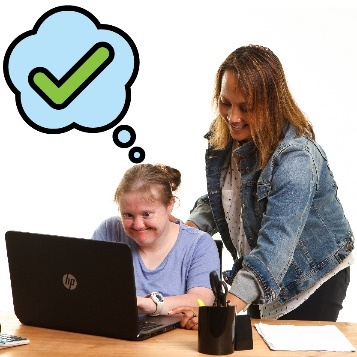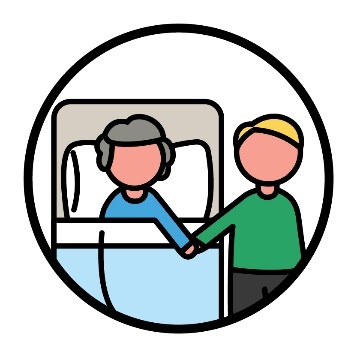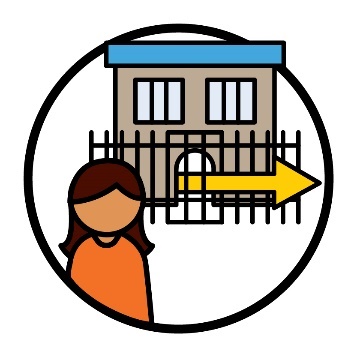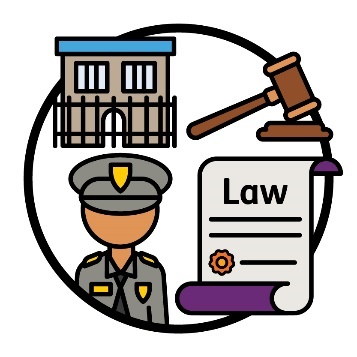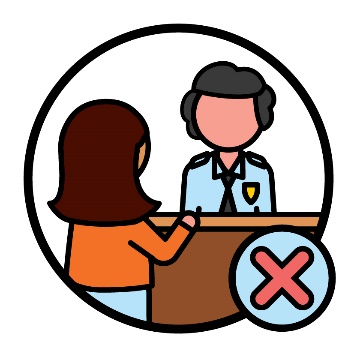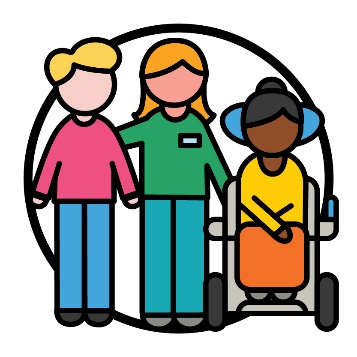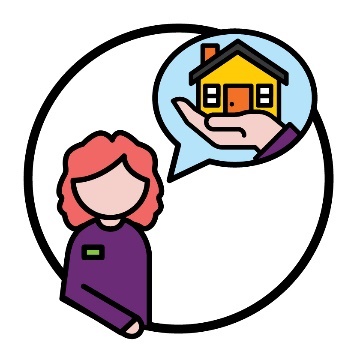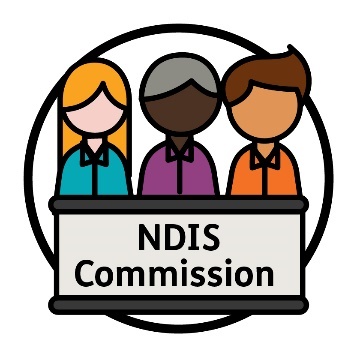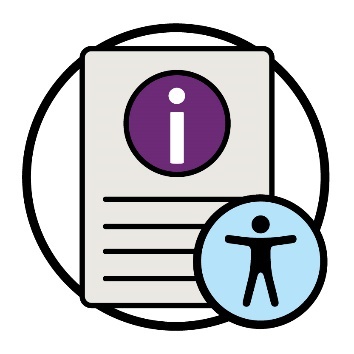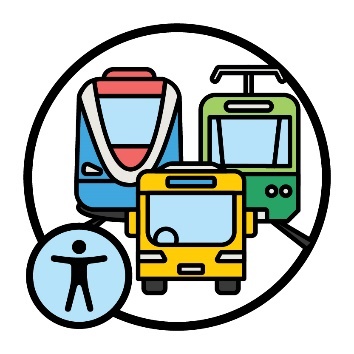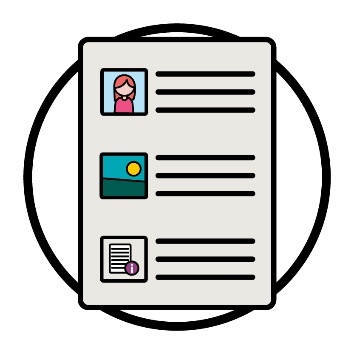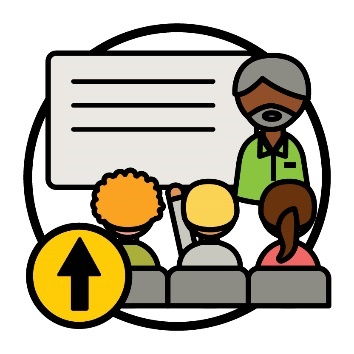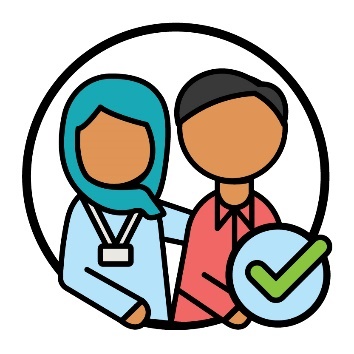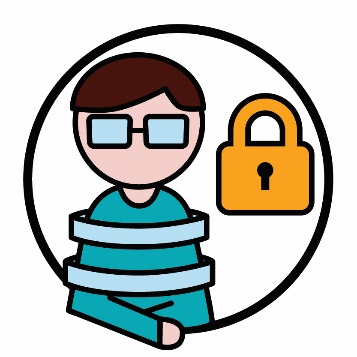Our reports
|
|
The Reference Group connected with the community to find out about issues that affect them. |
|
|
|
The Reference Group members shared these issues with the NDIA. |
|
What did the reports talk about?
NDIS plans
|
|
Reference Group members shared that the NDIA should offer NDIS plans in Easy Read. |
|
|
Members also shared that some adults with fetal alcohol spectrum disorder (FASD) struggle to get NDIS supports. |
|
|
Drinking alcohol while pregnant can cause FASD. It affects how a baby grows before it’s born. |
|
|
Behaviour support practitioners help people with disability to:
|
|
|
Members explained that some behaviour support practitioners don’t make behaviour support plans the right way. A behaviour support plan is a document with steps for improving behaviour. |
|
|
For example, some behaviour support practitioners don’t spend time with the person that the plan is made for. |
|
|
Supported decision-making is when someone supports you to make your own decisions about your life. |
Members shared that people with intellectual disability should help the NDIA: |
|
|
|
|
|
|
|
|
|
Policies are:
|
NDIS services and supports
|
|
Reference Group members explained that the NDIS should have better supports for participants whose disability affects their speech. |
|
|
|
Participants are people with disability who take part in the NDIS. |
|
|
|
Members shared that the NDIA tell some participants they can’t use certain funding for other supports. Funding is the money from your plan that pays for the supports you need. |
|
|
|
For example, if a participant gets funding for physical therapy they can’t use it on another type of therapy. |
|
|
|
Therapy is a type of support that can help how:
|
|
|
|
Members explained that some people with intellectual disability are at risk of scams when they use technology. |
|
|
|
We call it a scam when someone tries to:
|
|
|
|
People with intellectual disability need more support to understand how to use technology safely for their supports and services. |
|
|
|
Members also explained that participants should be able to keep their NDIS supports when they move into palliative care. |
|
|
|
Palliative care is a support for when you are near the end of your life. You use palliative care when you have an illness that:
|
|
|
|
Members shared that the NDIA should think about how participants lose certain supports when they leave the justice system. |
|
|
|
Our justice system includes:
|
|
|
|
For example, they lose support from Justice Liaison Officers (JLOs). |
|
|
|
JLOs help people with disability find and use supports:
This includes working with the justice system to help people with disability take part in the NDIS. |
|
NDIS home and living supports
|
|
Members explained that some home and living providers tell participants to get all their NDIS supports from them. And these participants feel like they can’t say no. |
|
|
Providers support people with disability by delivering a service. |
|
|
Members shared that the NDIA should include apartments as part of home and living supports. They should do this because there are not enough houses. |
|
|
Members also shared that the NDIA need to better explain what ‘shared supports’ are. This will support more people with intellectual disability to have choice and control over where they live. |
|
|
Members explained that some plan managers will ask people with intellectual disability certain questions to get the answer they want. |
|
|
A plan manager is someone that will manage your NDIS plan for you. |
|
|
For example, they will ask people with intellectual disability certain questions about their home and living supports. |
Other services and supports
|
|
The NDIS Quality and Safeguards Commission makes sure people with disability who take part in the NDIS:
In this bulletin we call them the NDIS Commission. |
|
|
|
Members shared that the NDIS Commission should have more information on their website about how participants can report fraud. |
|
|
|
Fraud is something someone plans to do that is not honest. Fraud is a crime. |
|
|
|
It’s important that the NDIS Commission share this information in a way that is accessible. |
|
|
|
When information is accessible, it is easy to:
|
|
|
|
Members also shared that public transport should be more accessible for people with intellectual disability. |
|
|
This includes airports. |
|
|
For example, sharing information about public transport in Easy Read. |
|
|
Members explained that some services that work with the NDIS need more training. This includes some:
|
|
|
They need training on what supports people with disability can use that are not NDIS supports. |
|
|
Members shared that people with disability who leave the justice system are at risk of exploitation. Exploitation is when someone takes advantage of you. |
|
|
And they are also at risk of too many restrictive practices. |
|
|
Restrictive practices are actions that stop people from:
|



















